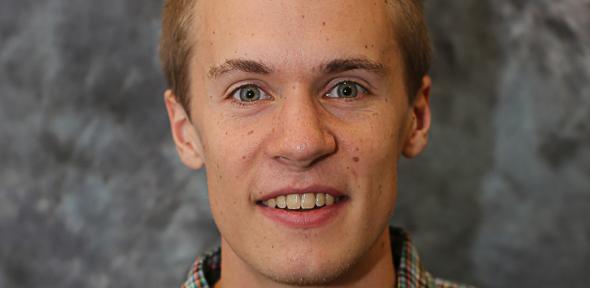
Submitted by Administrator on Fri, 06/03/2020 - 09:35
The Materials Theory Group welcomes its newest research associate, Dr Chuck Witt.
The light Group-1 metals Li, Na and K are nearly-free electron (NFE) metals. Under compression however, these metals do not become more free-electron like – rather, they undergo unusual and complex structural phase transitions. This behaviour can be studied using dynamic compression and X-ray free electron lasers (XFELs).
Dr Witt is joining the Materials Theory Group as a research associate, as part of a large-scale collaboration between the Universities of Edinburgh, York and Oxford. This collaboration aims to use XFEL and computational structure prediction to study the high-pressure behaviour of alkali metals, among other materials.
Dr Witt was previously based at Princeton University in the group of Emily Carter, where he worked extensively on orbital-free density functional theory.

